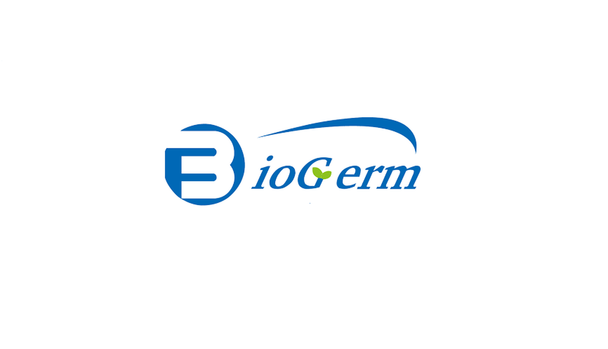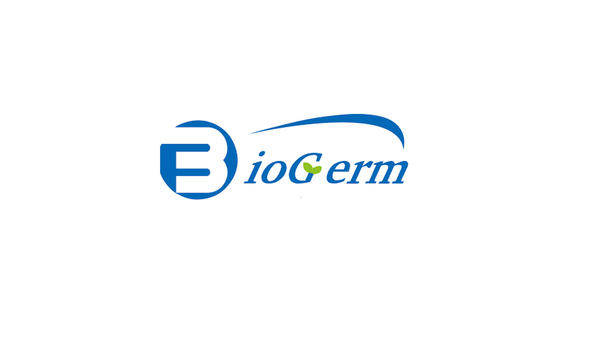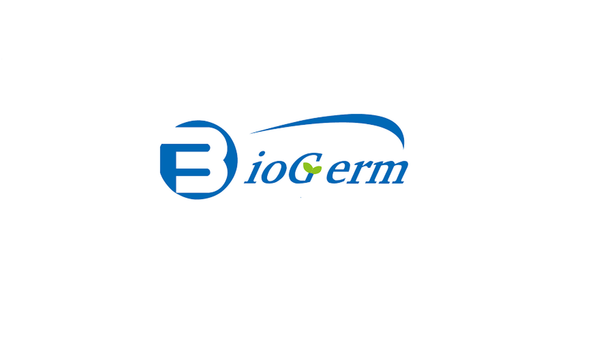Description
Monkeypox Virus Nucleic Acid Detection Kit (PCR-Fluorescence Probing) | IS-FZ-023 | BioGerm
Intended Use
This kit is used for qualitative detection of nucleic acid of Monkeypox Virus ( MPV ) in blood and Rash exudate from individuals who are suspected of Monkeypox Virus by their healthcare provider. And it is indicated for use as an aid in the diagnosis and monitoring of Monkeypox Virus infection.
Detection Principle
According to the principle of fluorescence PCR technology, this kit designs specific primers and Taqman probes for Monkeypox Virus, and detects the nucleic acid of Monkeypox Virus through
fluorescence PCR detector.
Main Components

Storage Conditions and Shelf Life
1. Stored at -25℃ ~ -15℃ and keep away from light; shelf life: 12 months.
2. Low temperature transportation cannot exceed 4 days; Stored at -25℃ ~ -15℃ and keep away from light after opening, no effect on the shelf life. Avoid repeated freezing and thawing. Six times of freezing-thawing will not affect the detection effect..
3. Date of production and shelf life: See the outer packing box.
Components Required But Not Included within the Test
1. Alternative extraction reagents: Nucleic acid extraction and purification kit (Shanghai BioGerm
Medical Technology Co., Ltd.)
2. Consumables not supplied: 1.5 mL DNase-free and RNase-free Eppendorf tube 0.2 mL PCR tube or strip Various models of pipettes and pipette tips (10μL, 200μL and
1000μL tips with filters) Centrifuge (can reach to 12,000 rpm) Microcentrifuge
Disposable powder-free gloves and surgical gowns Etc.
3. Real-Time PCR Instrument(s): CFX96 Dx System (Bio-Rad Inc.), Applied Biosystems 7500
Real-Time PCR Instrument System (Thermo Fisher Scientific Inc.), LightCycler® 480 Real-Time PCR System (Roche Molecular Systems, Inc.) and so on.
Requirements for Sample
1. Types of samples: Blood (collect fresh anticoagulant blood);
Rash exudate.
2. Sample collection: all specimens should be collected by a medical professional at a designated place following collection instructions of the collection device manufacturer.
3. Storage conditions: Collected specimens should be submitted for stored at 4℃, and stored at -70℃ for more than 24 hours, and repeated freeze-thaw should be avoided.
Detection Method
1. Reagent preparation (reagent preparation area) Thaw the kit components at 4°C and keep away from light, shake and mix thoroughly, and then centrifuge immediately.
Calculate the number of reagents used N (N = number of samples +1 < positive control > + 1 < negative control >), prepare the reaction system according to the following table, add it to a centrifuge tube of an appropriate volume, shake and mix well then centrifuge immediately, aliquot 20 μL into PCR reaction tubes respectively and transfer to the sample processing area.

2. Sample processing (sample processing area)
① Nucleic acid extraction: Select the appropriate nucleic acid extraction kit to extract nucleic acid of virus, and operate according to the instructions of the corresponding kit.
② Loading: Add 5 μL of the extraction of sample, 5 μL of positive control and 5 μL of negative control to the PCR reaction tubes prepared above, and ensure that the final volume is 25 μL/tube.
Tightly cap the tube or sealing film, and centrifuge immediately, and then place the PCR reaction tubes in a fluorescence quantitative thermal cycler for amplification detection.
3. PCR amplification detection (amplification detection area)

*Fluorescence detection was performed at 55℃ in step 2, and detection channels
was FAM.
*ROX correction was not selected for Applied Biosystems 7500 Real-Time PCR
Instrument System, and the quenched group was None
4. Result analysis
Adjust the start and end values of baseline as well as threshold value according to the image after analysis (it is recommended to set the start value at 3-15 and the end value at 5-20, and adjust the amplification curve of negative control to be straight or lower than the threshold line), click Analysis to automatically obtain the analysis results, and view the results on the Report interface.
Quality control
Each test must include the Positive control and Negative control result.
Acceptance Criteria of Controls:
1. Negative control(valid) : Ct value > 38 or no detection.
2. Positive control(valid) : the amplification curve was S-shaped, and the Ct value was ≤30.
Interpretation of the results
All test controls should be examined prior to interpretation of patient results. If the controls are not valid, the patient results cannot be interpreted.


Note:
1. If a suspicious sample re-test, and the re-test result is s-shaped amplification curve and 35<Ct≤38, the result is positive.
2. FAM channel was used to detect MPV.
Limitations of the Detection Method
1. Improper sample collection, transportation and storage, and improper reagent transportation, storage and configuration may affect the detection results, or even could lead to false negative
results.
2. False positive results may occur if laboratory contamination, reagent contamination, and sample cross-contamination occur.
Performance characteristics
1. Limit of detection: 5×102 copies/mL.
2. Specificity: MPV can be detected in all specimens and there is no overlap with other types.
Warnings and Precautions
1. Special Conditions for Use Statements: for in vitro diagnostic use only
2. The experiment operation must be strictly carried out in corresponding areas to avoid cross-contamination.
3. Each component should be thawed at room temperature, shaken and mixed thoroughly, then centrifuged immediately before using.
4. The components of different batches of the kit or other products cannot be used interchangeably.
5. Specimens to be tested should be stored at -70℃ if not tested in time.
6. Samples should be handled in strict accordance with biosafety specifications.
7. PCR operators should have experience and professional training.






